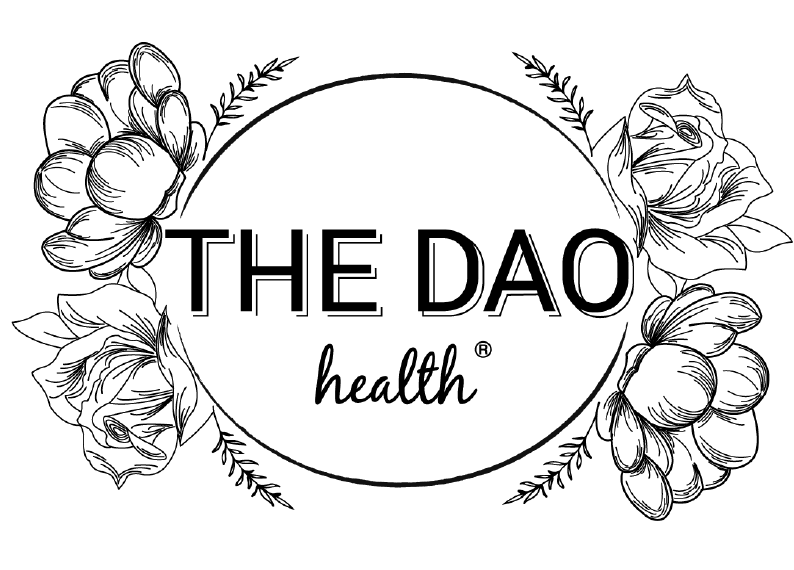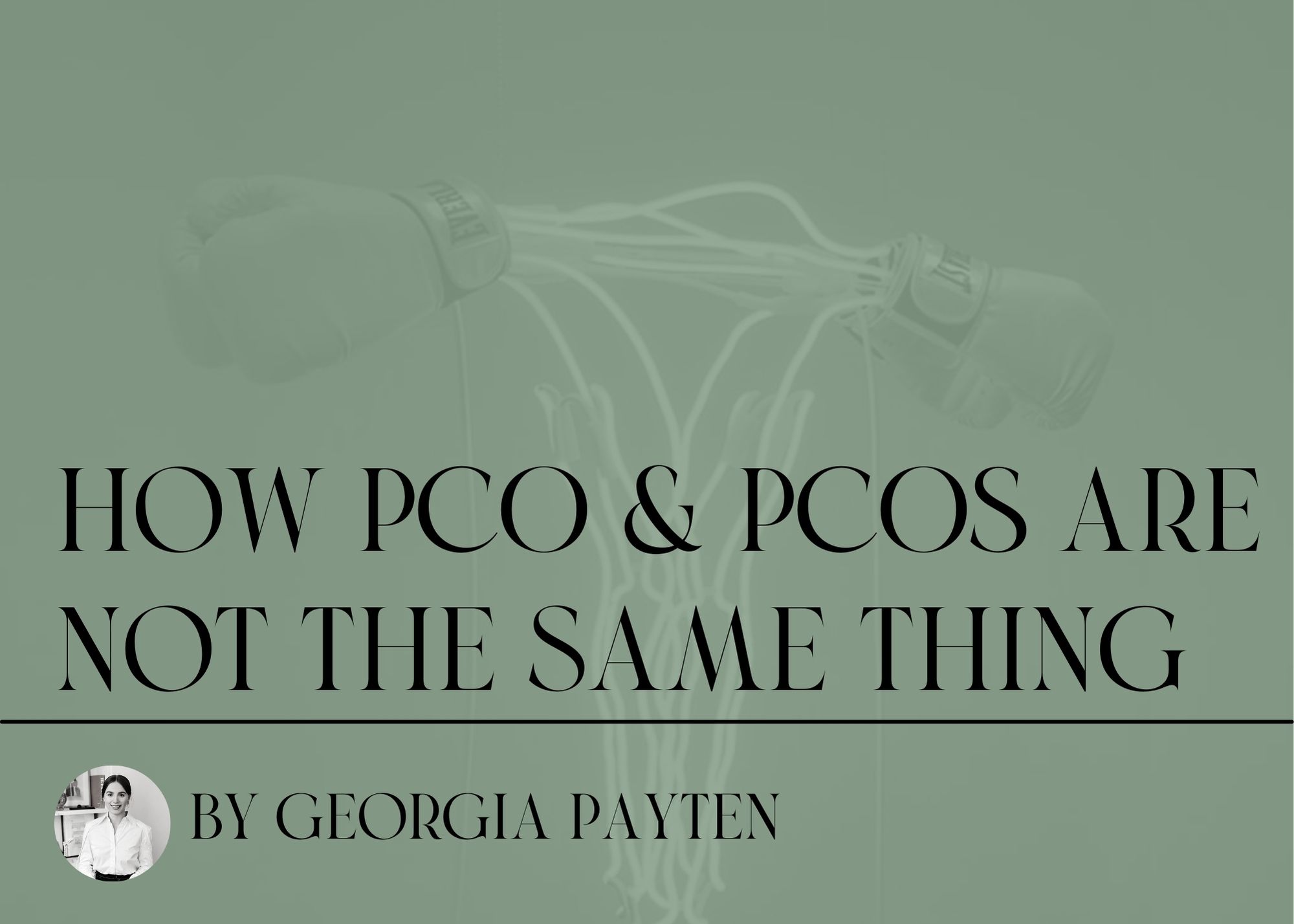The Dao Does… How PCO & PCOS are not the same thing
Polycystic Ovarian Syndrome (PCOS) is a hormonal condition, diagnosed in about 10 percent of women. It is best described as a group of symptoms related to anovulation and a high level of androgens. On the other hand, Polycystic Ovaries are the presentation of more than 20 follicles on a woman’s ovaries. These two conditions, although having similar symptoms should not be treated the same, and below are the reasons why.
Polycystic Ovarian Syndrome is associated with issues involving ovulation, which results in an overproduction of androgens such as testosterone. To be diagnosed with PCOS, according to the Rotterdam Criteria, a woman has to present with 2 out of the 3 following symptoms; oligomenorrhea or anovulation i.e. irregular cycles or no menstrual bleed; more than 20 follicles on each ovary seen on an ultrasound and/ or increased clinical and/ or biochemical androgen levels. However, I would like to delve into this diagnosis a little more in this post…
PCOS is a complicated set of symptoms, and there is no definitive test for this condition, this is why diagnosis can be very subjective. It is important to note, however, that PCOS is associated with long-term risk of diabetes and heart disease, therefore it is more than just a period problem but a whole-body hormonal condition that can last a lifetime.
Unlike Polycystic Ovaries, the condition of PCOS cannot be diagnosed with only an ultrasound. In addition, PCOS should not cause any pain, and if you are experiencing pain then something else is going on. According to Lara Briden (Period Repair Manual, 2015), PCOS is a set of symptoms with several distinct underlying drivers including, insulin, inflammation, adrenal androgens, or post-pill surge in androgens. According to Briden (2015), once the cause is identified appropriate treatment and management can ensue.
In comparison, Polycystic Ovaries are an increased number of follicles on the ovaries seen on ultrasound without the combination of irregular menstrual cycle and/ or increased androgen levels. Like PCOS, the number of follicles on each ovary to define Polycystic Ovaries is above 20. If a woman is ovulating regularly and her hormones are in the normal range, increased follicles on the ovaries are seen as normal and don’t pose a health risk.
If you have been recently diagnosed with Polycystic Ovarian Syndrome and haven’t had a hormonal pathology panel, then you could be misdiagnosed and I would recommend following up with your GP before starting any medical treatment.
So how can Chinese Medicine and Acupuncture support a woman diagnosed with PCOS or PCO?
There is research to show regular Acupuncture can be used as a complementary medicine to induce ovulation induction in a woman diagnosed with Polycystic Ovarian Syndrome (Johansson J et al, 2013). As we now know, regulation of ovulation will regulate a woman’s menstrual cycle which will in turn balance and manage her hormone levels.
Lifestyle factors should also be taken into consideration, including alcohol consumption, caffeine intake, food choices as well as exercise, stress, and sleep.
References:
Briden L., 2015, Period Repair Manual, Pan MacMillan Australia
Johansson J et al, Am J Physiol Endocrinol Metab. 2013 May 1;304(9):E934-43 American Journal of Physiology-Endocrinology and Metabolism


